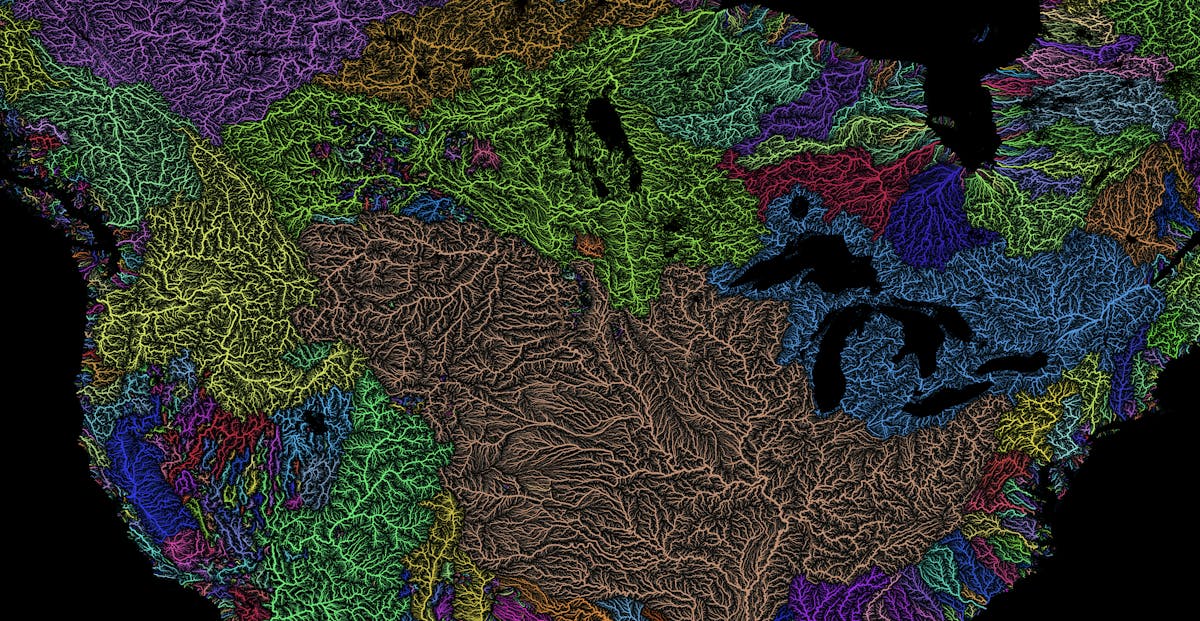
Rankings
The GSN1 rankings are derived from supplemental materials provided in the paper, "A Global Safety Net to reverse biodiversity loss and stabilize the Earth’s climate" published in Science Advances (Dinerstein et al. 2020). The rankings are divided into large countries (greater than 250,000 km2 in area), medium-sized countries (from 2,500 km2 to 25,000 km2 in area), and small countries (under 2,500 km2). These rankings can be accessed through the tabs located at the bottom of the chart below. For the purposes of this exercise, EU-27 is listed as a large "country" and the 27 nations within the European Union have their own index. The 50 United States are also ranked individually.
The rankings are driven by the column to the far right -- Protection Level. The Protection Level is a simple score of 0-10 based on the percentage of biologically important lands identified in the GSN that are currently designated as protected by each government as recorded in the World Database on Protected Areas (WDPA). A score of 0 indicates that less than 5% of areas of particular importance for biodiversity and ecosystem services are protected. A score of 10 indicates that more than 95% of these lands are protected, with a score of 5 indicating that roughly half of important lands are protected. The scores are then ranked in brackets in order of total GSN area.
It should be noted that each country has a unique combination of different land types, with some countries possessing a very large extent of biologically important land, while others possessing much less. Therefore the rankings should not be misconstrued as a determination of a specific government's commitment to preserving its biodiversity and ecosystems. Rather, these rankings offer but one approach, allowing national and subnational governments around the world to see the unique contributions that each can make towards the common goal of protecting and restoring the biological infrastructure that makes life on Earth possible.